Home>Articles>Locks Pulleys And Pulley Ropes Must Be Inspected On What Type Of Ladder
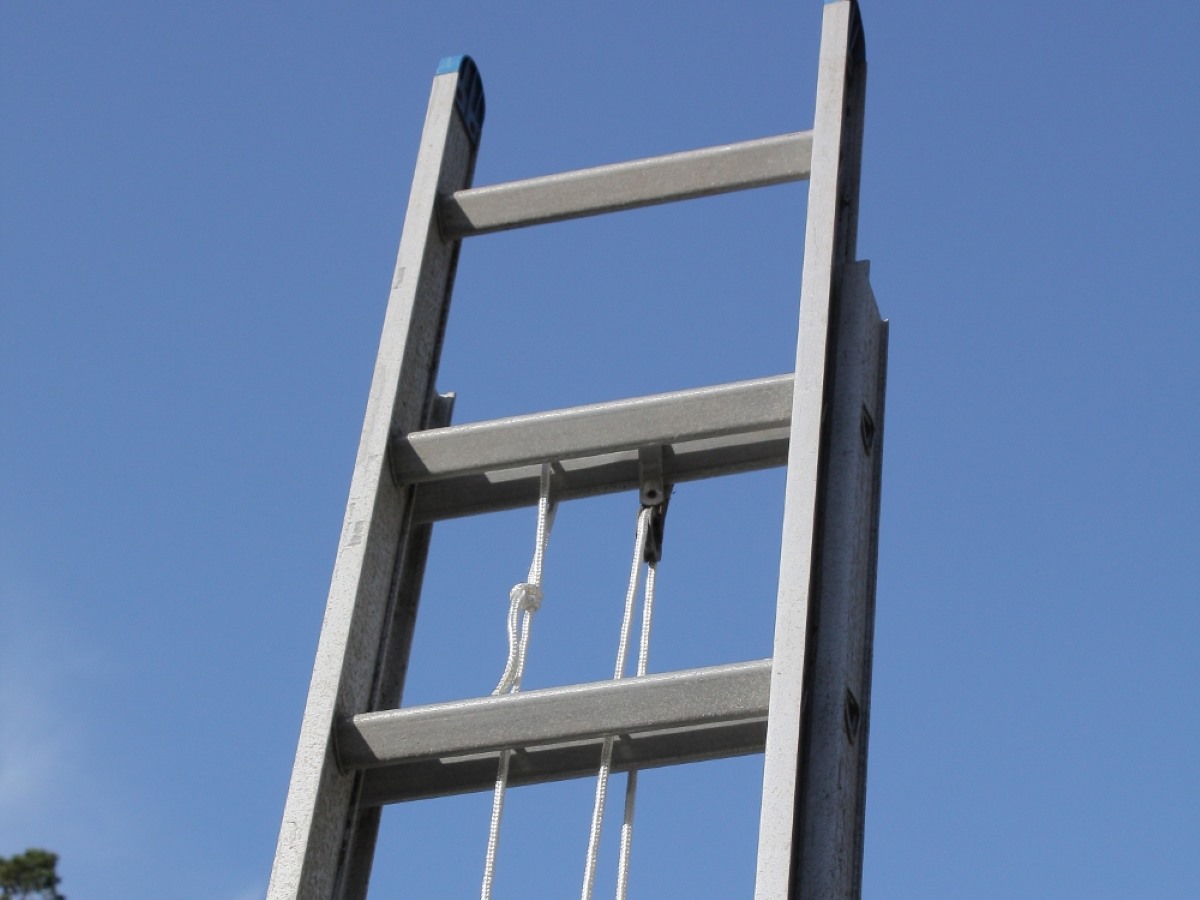

Articles
Locks Pulleys And Pulley Ropes Must Be Inspected On What Type Of Ladder
Modified: February 22, 2024
Inspect locks, pulleys, and pulley ropes on your ladder. Learn what type of ladder requires inspection in this informative article.
(Many of the links in this article redirect to a specific reviewed product. Your purchase of these products through affiliate links helps to generate commission for Storables.com, at no extra cost. Learn more)
Introduction
Ladders are essential tools used in various industries and professions, from construction sites to warehouses to home maintenance. They allow workers and individuals to access elevated areas safely and efficiently. However, it is crucial to ensure that ladders are in good working condition to prevent accidents and injuries.
One key aspect of ladder safety is inspecting locks, pulleys, and pulley ropes regularly. These components play a vital role in the stability and functionality of the ladder. Neglecting to inspect and maintain them can lead to structural issues, compromised stability, and potential accidents.
In this article, we will explore the importance of inspecting locks, pulleys, and pulley ropes on ladders. We will discuss the types of ladders that require inspection and provide a step-by-step guide on how to perform the inspection. Additionally, we will highlight common issues that may be found during the inspection and discuss proper maintenance and repair practices.
By understanding the significance of inspecting locks, pulleys, and pulley ropes on ladders, we can ensure the safety of workers and individuals who rely on these tools. So let’s delve into the details and gain valuable insights on this crucial aspect of ladder safety.
Key Takeaways:
- Regularly inspecting locks, pulleys, and pulley ropes on ladders is crucial for ensuring structural integrity, stability, and compliance with safety regulations, ultimately reducing the risk of accidents and injuries.
- Proper maintenance and timely repairs of ladder components such as locks, pulleys, and pulley ropes are essential for maximizing performance, extending the ladder’s lifespan, and creating a safer work environment.
Read more: How To Make Rope Ladder
Importance of Inspecting Locks, Pulleys, and Pulley Ropes on Ladders
Inspecting locks, pulleys, and pulley ropes on ladders is of utmost importance for ensuring the overall safety and functionality of the ladder. These components directly impact the stability and reliability of the ladder and can greatly reduce the risk of accidents and injuries. Let’s explore why inspecting these components is crucial:
1.Ensuring Structural Integrity: Locks, pulleys, and pulley ropes are integral parts of a ladder’s structure. Regular inspection helps identify any signs of wear, corrosion, or damage that can compromise the ladder’s overall structural integrity. By catching and addressing these issues early on, we can prevent catastrophic ladder failures and potential accidents.
2. Maintaining Stability: Locks play a crucial role in stabilizing the ladder by securing it in the extended position. Inspecting the locks ensures that they are functioning properly and capable of securely holding the ladder in place while in use. A faulty lock can result in unexpected collapses or slippages, leading to serious injuries.
3. Ensuring Smooth Movement: Pulleys and pulley ropes are responsible for the smooth extension and retraction of extension ladders. Inspecting them regularly helps identify any frayed ropes, worn-out pulleys, or loose connections. Addressing these issues ensures seamless ladder movement, reducing the chances of accidents caused by sudden jerks or rope failures.
4. Preventing Work Delays: Regular inspection and maintenance of locks, pulleys, and pulley ropes can help prevent unexpected ladder failures and accidents. By detecting and addressing potential issues proactively, workers can avoid work delays due to equipment malfunction and focus on their tasks with peace of mind.
5. Compliance with Safety Regulations: Occupational Safety and Health Administration (OSHA) and other regulatory bodies have established guidelines and requirements for ladder safety. Proper inspection of locks, pulleys, and pulley ropes ensures compliance with these regulations, reducing the risk of penalties and legal liabilities for employers.
Overall, inspecting locks, pulleys, and pulley ropes on ladders is essential to maintain the safety and functionality of these important tools. By identifying and addressing potential issues before they escalate, we can prevent accidents, injuries, and work disruptions. In the next section, we will discuss the types of ladders that require inspection.
Types of Ladders Requiring Inspection
Ladders come in various types and designs, each serving a specific purpose and industry. While the importance of inspecting locks, pulleys, and pulley ropes remains consistent across all ladder types, certain ladders require more frequent and thorough inspections due to their unique features. Let’s explore some of the ladder types that require inspection:
1. Extension Ladders: Extension ladders are commonly used for tasks that require reaching elevated areas. These ladders consist of multiple sections that can be extended or retracted using pulleys and pulley ropes. Due to their complex design, extension ladders should be regularly inspected to ensure the stability and functionality of the extension mechanisms.
2. Telescoping Ladders: Telescoping ladders are a popular choice for their compactness and versatility. These ladders consist of overlapping sections that can slide into one another, allowing for easy adjustment and transport. Inspecting the locks, pulleys, and pulley ropes of telescoping ladders is crucial to maintain their secure extension and prevent unexpected collapses.
3. Step Ladders: Step ladders are self-supporting ladders that feature a hinged design, enabling them to be set up without leaning against a support surface. While step ladders may not have pulleys or pulley ropes, they still require regular inspection of the hinges, locks, and overall stability to ensure safe usage.
4. Multi-purpose Ladders: Multi-purpose ladders are versatile tools that can be configured into various positions, including A-frame, extension, and staircase setups. These ladders often incorporate locking mechanisms and pulley systems to facilitate their adaptability. Inspecting the locks, hinges, and pulley ropes of multi-purpose ladders is vital to guarantee their stability and safe operation in different configurations.
5. Fixed Ladders: Fixed ladders are permanently attached to a structure and do not have adjustable features. However, they still require regular inspections to ensure their structural integrity, checking for any signs of corrosion, loose or missing bolts, or damaged rungs that can compromise safety.
It is important to note that proper inspection and maintenance are necessary for all ladder types, regardless of their specific design features. By following manufacturer guidelines and industry best practices, we can ensure the safety and longevity of our ladders. In the next section, we will provide a step-by-step guide for inspecting locks, pulleys, and pulley ropes on ladders.
Step-by-Step Guide for Inspecting Locks, Pulleys, and Pulley Ropes
Regular inspection of locks, pulleys, and pulley ropes is crucial to ensure the safety and functionality of ladders. By following a step-by-step guide, you can thoroughly examine these components and address any potential issues. Here is a comprehensive guide for inspecting locks, pulleys, and pulley ropes on ladders:
1. Prepare the ladder: Start by placing the ladder on a stable and level surface. Ensure that it is fully extended or set up in the desired configuration, if applicable.
2. Observe the locks: Inspect the locks on the ladder to ensure they are properly engaged. Check for any signs of wear, bending, or damage. Test the locks by applying gentle pressure to ensure they hold the ladder securely in place.
3. Examine the pulleys: If your ladder has pulleys, carefully inspect them for any signs of wear, cracks, or looseness. Ensure that the pulleys are rotating smoothly without any obstructions or unusual noises. If necessary, lubricate the pulleys following the manufacturer’s recommendations.
4. Check the pulley ropes: Thoroughly examine the pulley ropes for any fraying, breakage, or signs of wear. Run your fingers along the ropes to feel for any inconsistencies or rough spots. Replace any damaged or worn-out pulley ropes with new ones to maintain optimal functionality.
5. Inspect hardware and connections: Check all hardware, such as bolts, nuts, and screws, for tightness and proper alignment. Look for any loose or missing hardware and tighten or replace them as needed. Inspect the connections between different ladder sections, ensuring they are secure and free from damage.
6. Test the ladder’s stability: Once you have inspected the locks, pulleys, pulley ropes, and hardware, test the ladder’s stability. Apply slight lateral pressure to check for any wobbling or movement. If you notice any instability, further investigate and address the underlying issue before using the ladder.
7. Document and address issues: Keep a record of any issues or concerns discovered during the inspection. Document the date of the inspection, specific problems found, and actions taken to address them. If repairs or replacements are necessary, follow the manufacturer’s guidelines or consult a professional.
8. Establish an inspection schedule: Create a regular inspection schedule for locks, pulleys, and pulley ropes on your ladder. Depending on the frequency of ladder use, the inspection intervals can range from monthly to quarterly. Consistent and proactive inspections can help identify and address issues before they escalate.
Remember, safety should always be a priority when working with ladders. Regularly inspecting locks, pulleys, and pulley ropes will help ensure the integrity of your ladder and minimize the risk of accidents. In the next section, we will discuss common issues that may be found during the inspection process.
Inspect locks, pulleys, and pulley ropes on extension ladders. Look for any signs of wear, damage, or malfunction to ensure safe use.
Common Issues Found during Inspection
During the inspection of locks, pulleys, and pulley ropes on ladders, several common issues may be identified. Recognizing and addressing these issues promptly is crucial for maintaining the safety and functionality of the ladder. Here are some of the common issues found during inspection:
1. Worn-out locks: Locks may show signs of wear and tear over time, especially if subjected to heavy use. These can include bent or misaligned locking mechanisms, weakened springs, or loose latches. This compromises the ladder’s stability and increases the risk of unexpected collapses. Damaged locks should be repaired or replaced immediately.
2. Broken or damaged pulleys: Pulleys can become damaged due to excessive force, wear, or environmental factors. Cracked or broken pulleys can impede the smooth extension and retraction of the ladder, causing jerks or jams. Inspect the pulleys for any signs of cracks, chips, or misalignment and replace them if necessary.
3. Frayed or damaged pulley ropes: Pulley ropes can experience wear and tear due to friction, exposure to harsh elements, or excessive load. Frayed or damaged ropes compromise the ladder’s stability and can even lead to rope failure during use. Check for any signs of fraying, breaking, or weakness in the pulley ropes and replace them if necessary.
4. Loose or missing hardware: Hardware such as bolts, nuts, and screws are essential for maintaining the ladder’s stability and structural integrity. Loose or missing hardware can result in wobbly sections or insecure connections, making the ladder unsafe for use. Inspect all hardware and tighten or replace any loose or missing components.
5. Corrosion: Exposure to moisture and harsh elements can cause corrosion on metal ladder components. Corroded locks, pulleys, or pulley ropes weaken their structural strength and compromise their functionality. Any signs of corrosion should be addressed promptly by cleaning and treating the affected areas, or by replacing the corroded parts if necessary.
6. General wear and tear: Over time, ladders naturally experience wear and tear due to regular use. This can include scuffed surfaces, worn-out grip points, and faded markings. While these issues may not directly affect the ladder’s stability, addressing them ensures better ergonomics and user experience, reducing the risk of accidents caused by slips or missteps.
7. Improper storage or transportation: Sometimes, issues may arise from improper storage or transportation practices. Ladders being stacked or stored haphazardly can lead to bent components, damaged locks, or tangled pulley ropes. Ensure proper storage and transportation methods to prevent unnecessary damage to ladder components.
It is important to address these common issues promptly to maintain the safety and longevity of your ladder. Regular inspections and proactive maintenance will help identify these issues early on and prevent accidents or equipment failures down the line. In the next section, we will discuss proper maintenance and repair practices for locks, pulleys, and pulley ropes.
Read more: How To Use Rope On Extension Ladder
Proper Maintenance and Repairs
Proper maintenance and timely repairs are essential for keeping locks, pulleys, and pulley ropes on ladders in optimal condition. By following a few maintenance practices and addressing issues promptly, you can extend the lifespan of your ladder and ensure its ongoing safety. Here are some guidelines for proper maintenance and repairs:
1. Regular cleaning: Clean the ladder regularly to remove dirt, debris, and other contaminants that can contribute to wear and corrosion. Use a mild detergent and a soft brush or cloth to clean the ladder’s surfaces, paying particular attention to locks, pulleys, and pulley ropes.
2. Lubrication: Apply a lubricant to the moving parts of locks and pulleys to ensure smooth operation. Consult the ladder’s manual or manufacturer’s instructions for the appropriate type of lubricant to use. Avoid over-lubricating, as excess lubrication can attract debris and lead to clogs or malfunctions.
3. Addressing minor damage: For minor issues such as frayed pulley ropes, loose bolts, or misaligned locks, take immediate action by repairing or replacing the affected components. Use appropriate tools and follow the manufacturer’s guidelines for making repairs. Ignoring minor damage can lead to more significant issues down the line.
4. Replacing worn-out components: If locks, pulleys, or pulley ropes show significant signs of wear, damage, or corrosion, it is crucial to replace them as soon as possible. Consult the manufacturer or a professional to ensure you select the correct replacement parts and follow the proper installation procedures.
5. Regular inspections: Establish a regular inspection schedule for locks, pulleys, and pulley ropes on your ladder. Performing inspections at set intervals, such as monthly or quarterly, enables you to identify and address issues early on. Keeping a record of inspection dates and findings can help track maintenance and repair history.
6. Professional assistance: In case of major or complex issues, or if you are unsure about how to perform repairs, seek the assistance of a professional. They can provide expert guidance and ensure that repairs are done correctly, minimizing the risk of further damage or safety hazards.
7. Proper storage: Store ladders in a clean, dry area away from harsh elements to prevent unnecessary damage. If possible, use protective covers or cases to shield the ladder’s components from dust, sunlight, and moisture. Proper storage helps prolong the lifespan of the ladder and reduces the need for frequent repairs.
Remember, safety should always be the top priority when working with ladders. Regular maintenance and prompt repairs ensure that the locks, pulleys, and pulley ropes on your ladder are in optimal condition, reducing the risk of accidents and maximizing performance. In the next section, we will summarize the key points discussed in this article.
Conclusion
Inspecting locks, pulleys, and pulley ropes on ladders is a crucial aspect of ladder safety. By regularly inspecting these components, we can ensure the structural integrity, stability, and functionality of the ladder, reducing the risk of accidents and injuries. Proper maintenance and timely repairs are essential to keep these components in optimal condition.
Throughout this article, we have discussed the importance of inspecting locks, pulleys, and pulley ropes on ladders. We have explored the types of ladders that require inspection and provided a step-by-step guide for conducting thorough inspections. Additionally, we have highlighted common issues that may be found during the inspection process and emphasized the need for proper maintenance and prompt repairs.
Regular inspections of locks, pulleys, and pulley ropes help identify wear, damage, and other issues early on, enabling timely repairs and replacements. By addressing these issues promptly, we can ensure the ladder’s ongoing safety and functionality while extending its lifespan.
It is crucial to follow proper maintenance practices, including regular cleaning, lubrication, and storage, to prevent unnecessary damage and preserve the ladder’s integrity. Proactive maintenance and inspections should become a routine part of ladder safety protocols to uphold the well-being of workers and individuals who rely on these tools.
Remember to consult the ladder’s manual or the manufacturer’s guidelines for specific maintenance instructions and repair procedures. In cases where repairs are beyond your expertise, seek assistance from a professional to ensure the ladder is safely and correctly repaired.
By prioritizing ladder safety and incorporating regular inspections and maintenance practices, we can create a safer work environment and reduce the risk of accidents and injuries associated with ladder use. Let’s commit to inspecting locks, pulleys, and pulley ropes on ladders regularly and staying proactive in maintaining the safety of these essential tools.
Frequently Asked Questions about Locks Pulleys And Pulley Ropes Must Be Inspected On What Type Of Ladder
Was this page helpful?
At Storables.com, we guarantee accurate and reliable information. Our content, validated by Expert Board Contributors, is crafted following stringent Editorial Policies. We're committed to providing you with well-researched, expert-backed insights for all your informational needs.
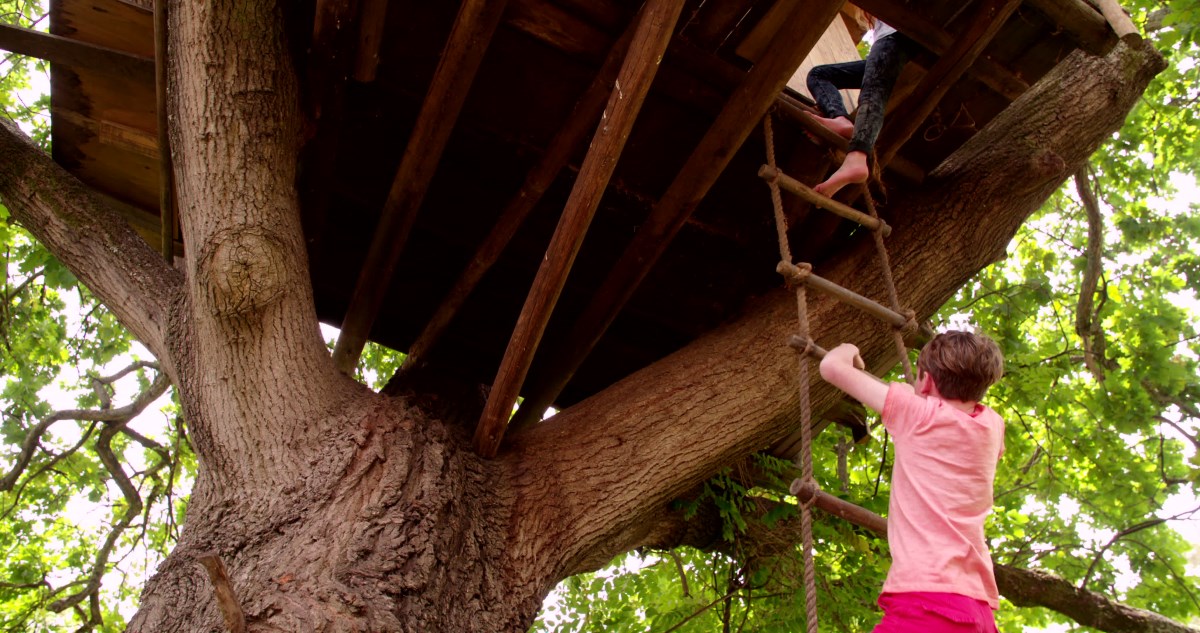
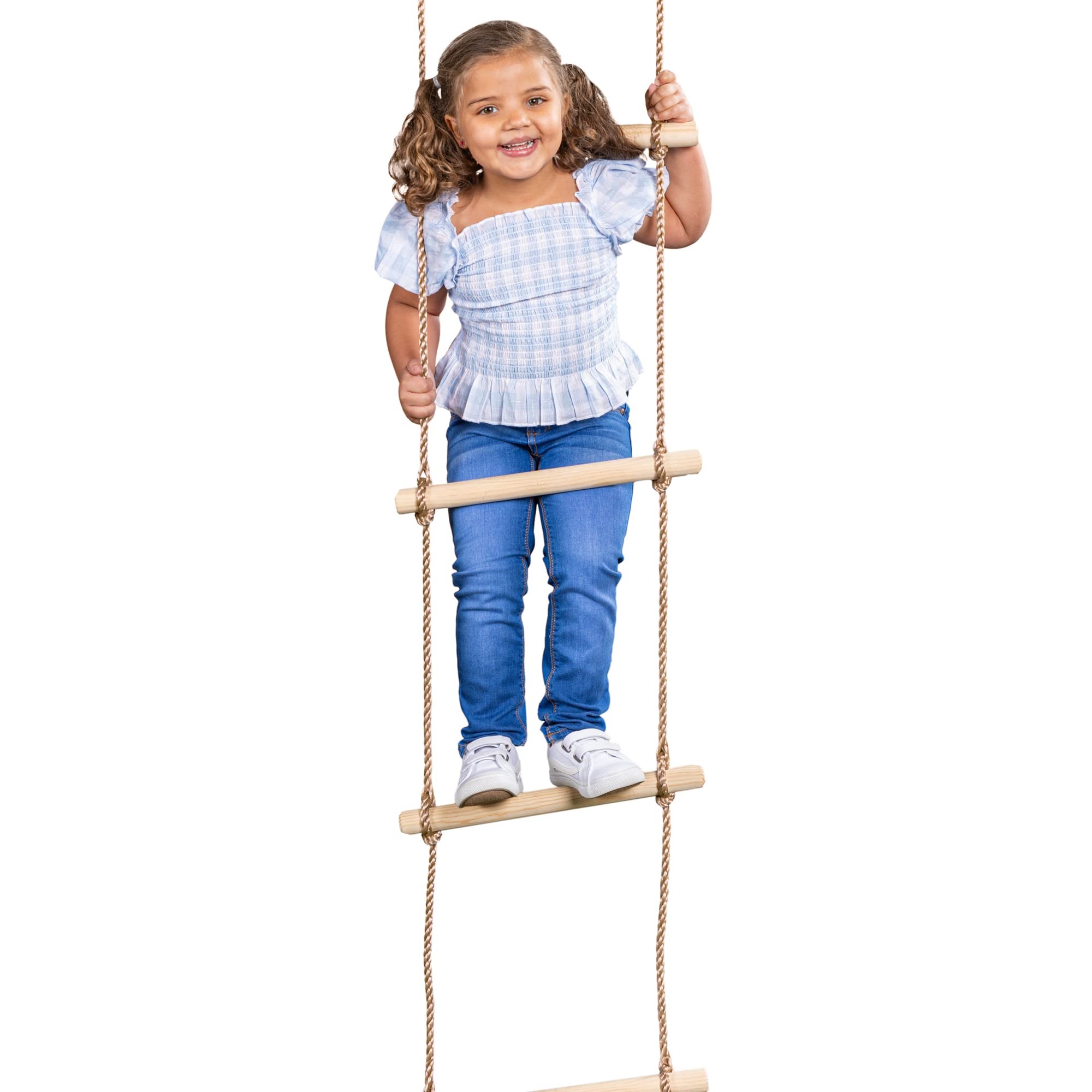
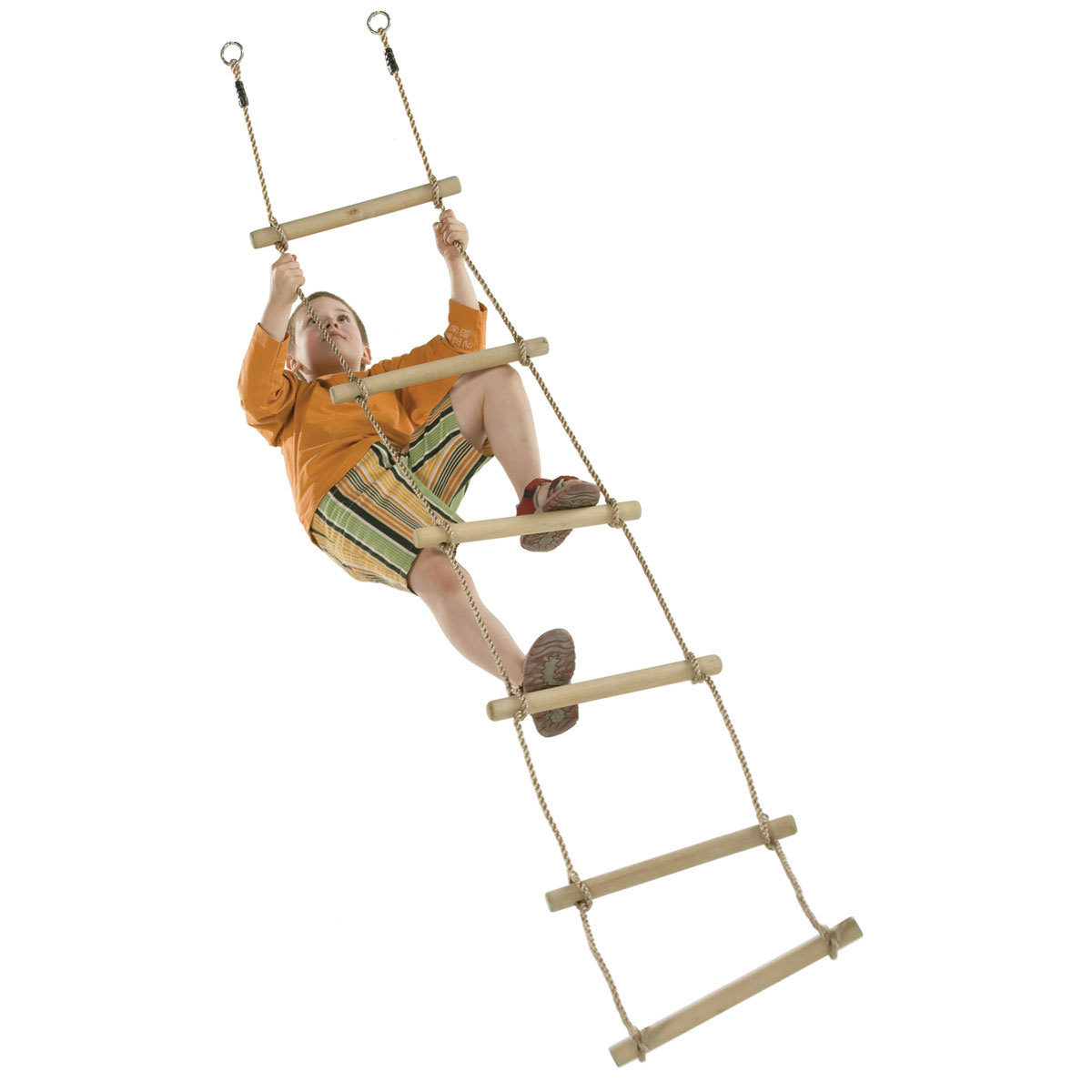
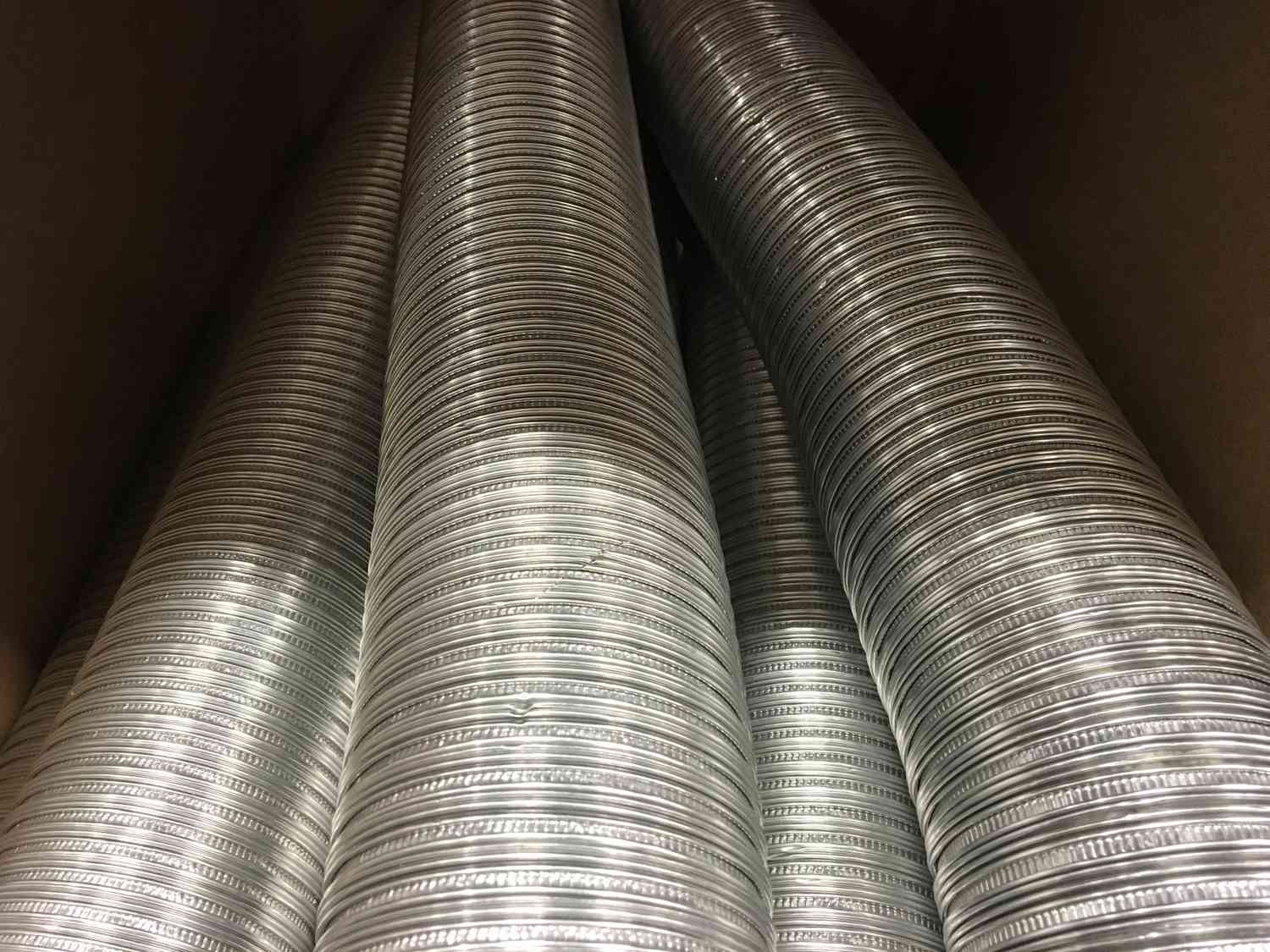
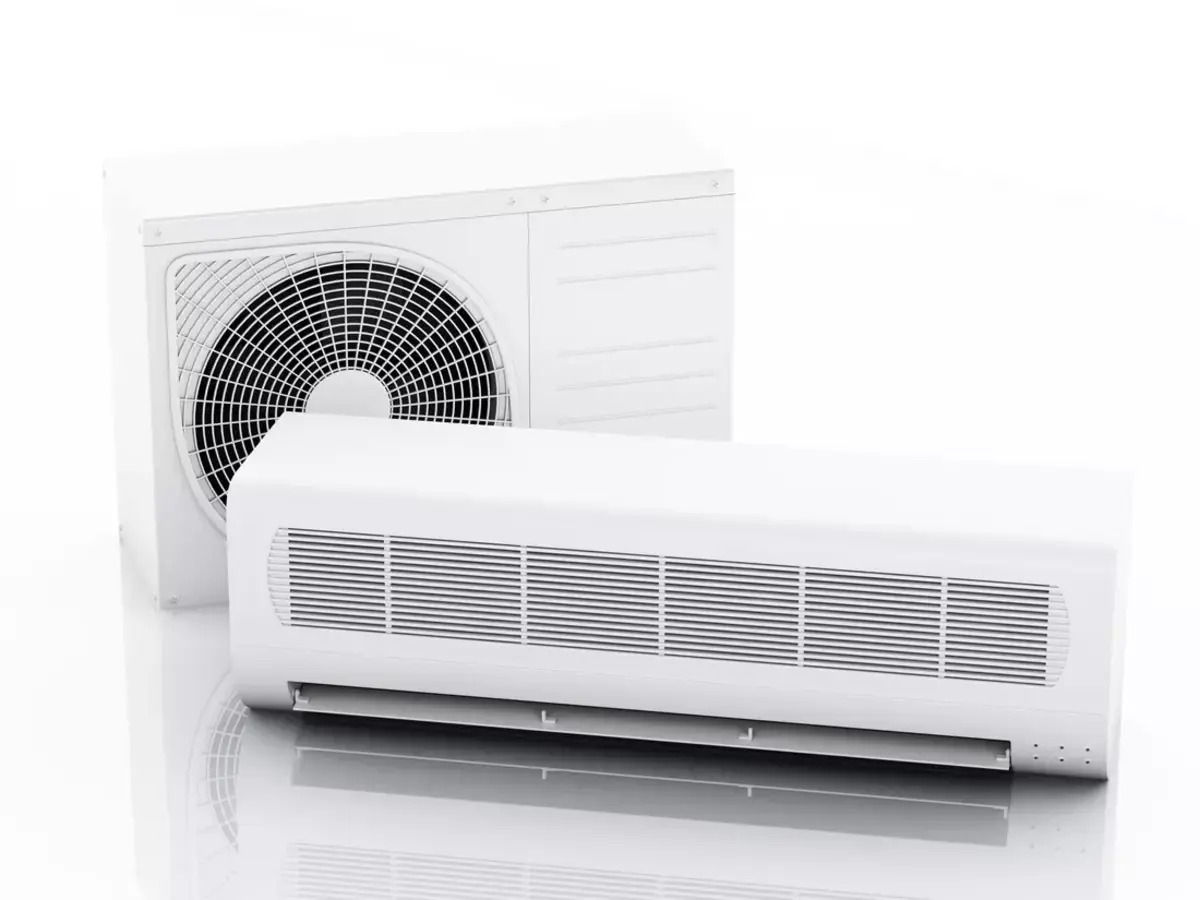
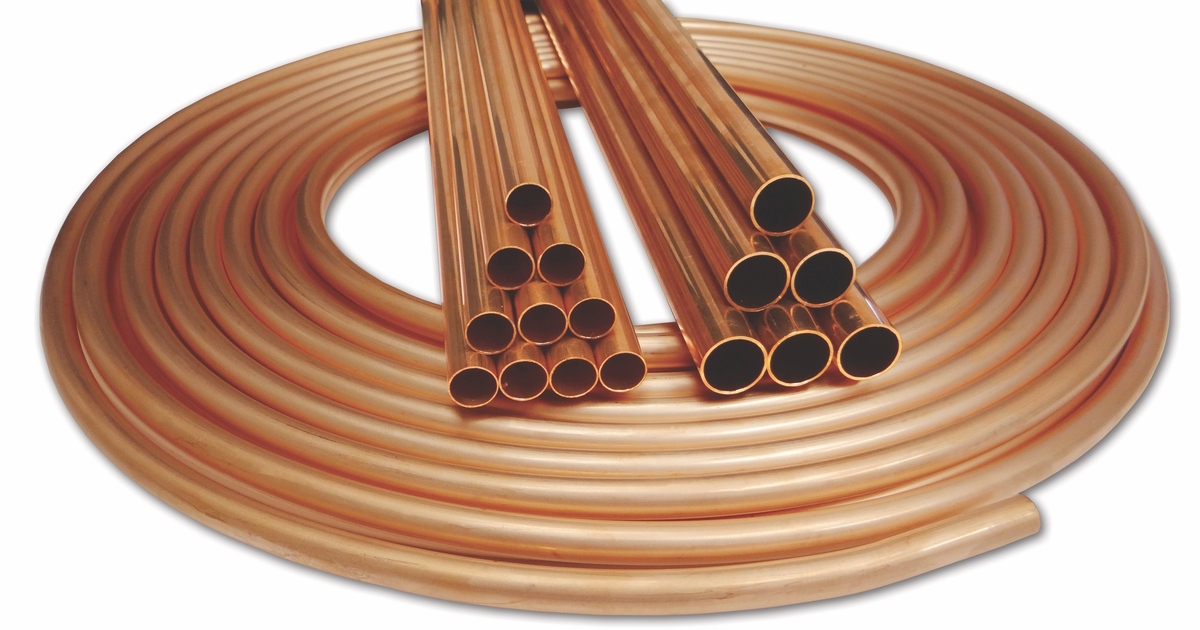
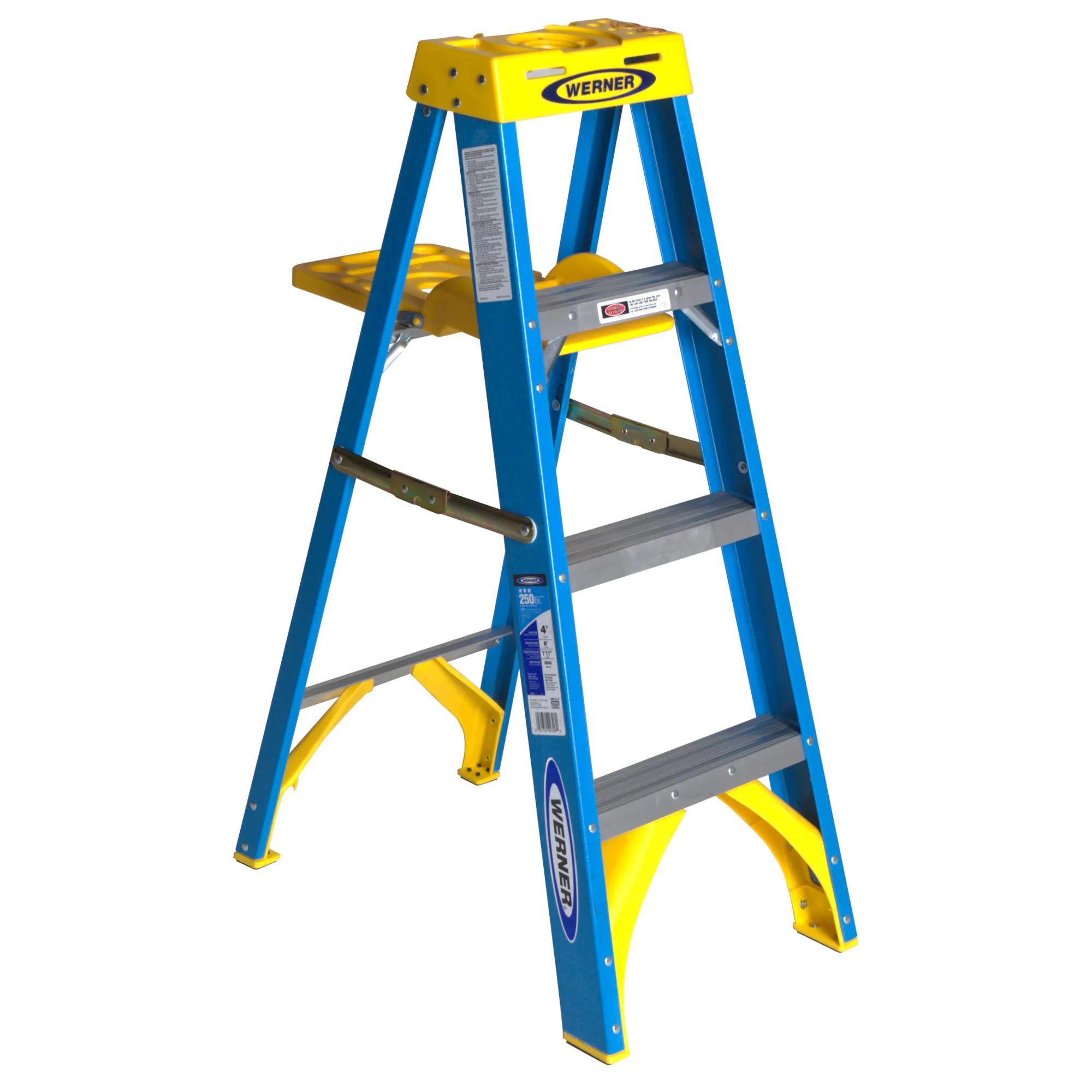
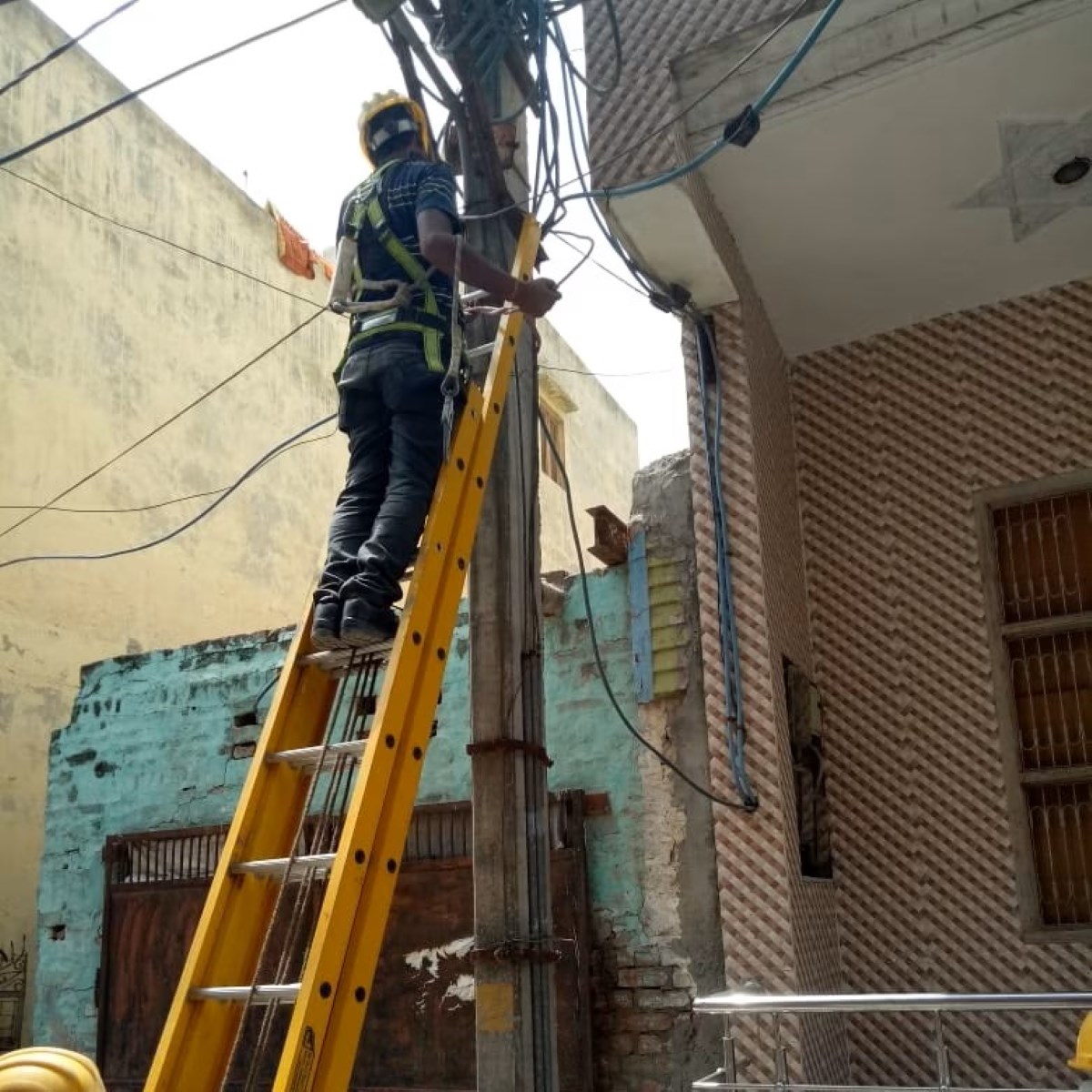

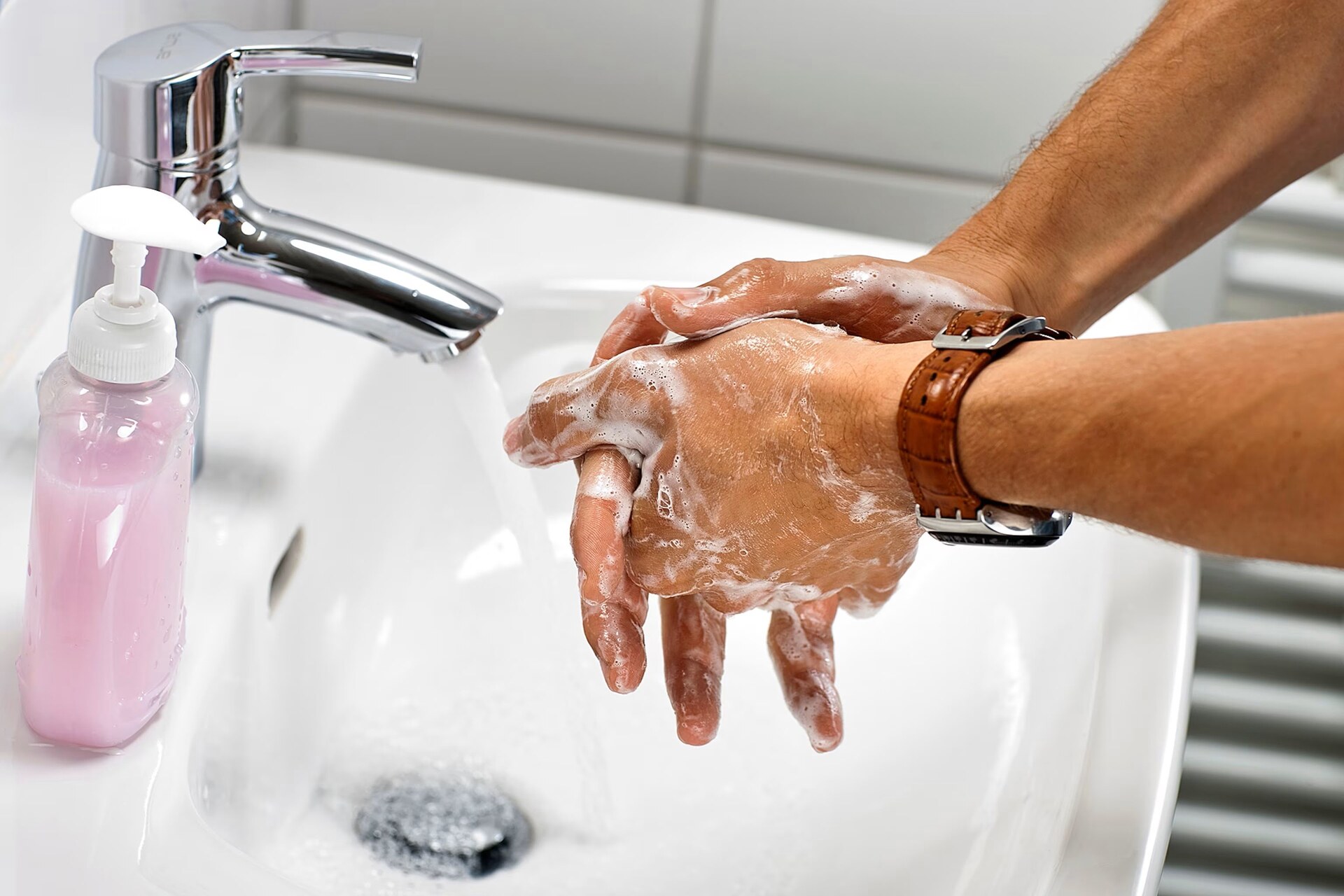
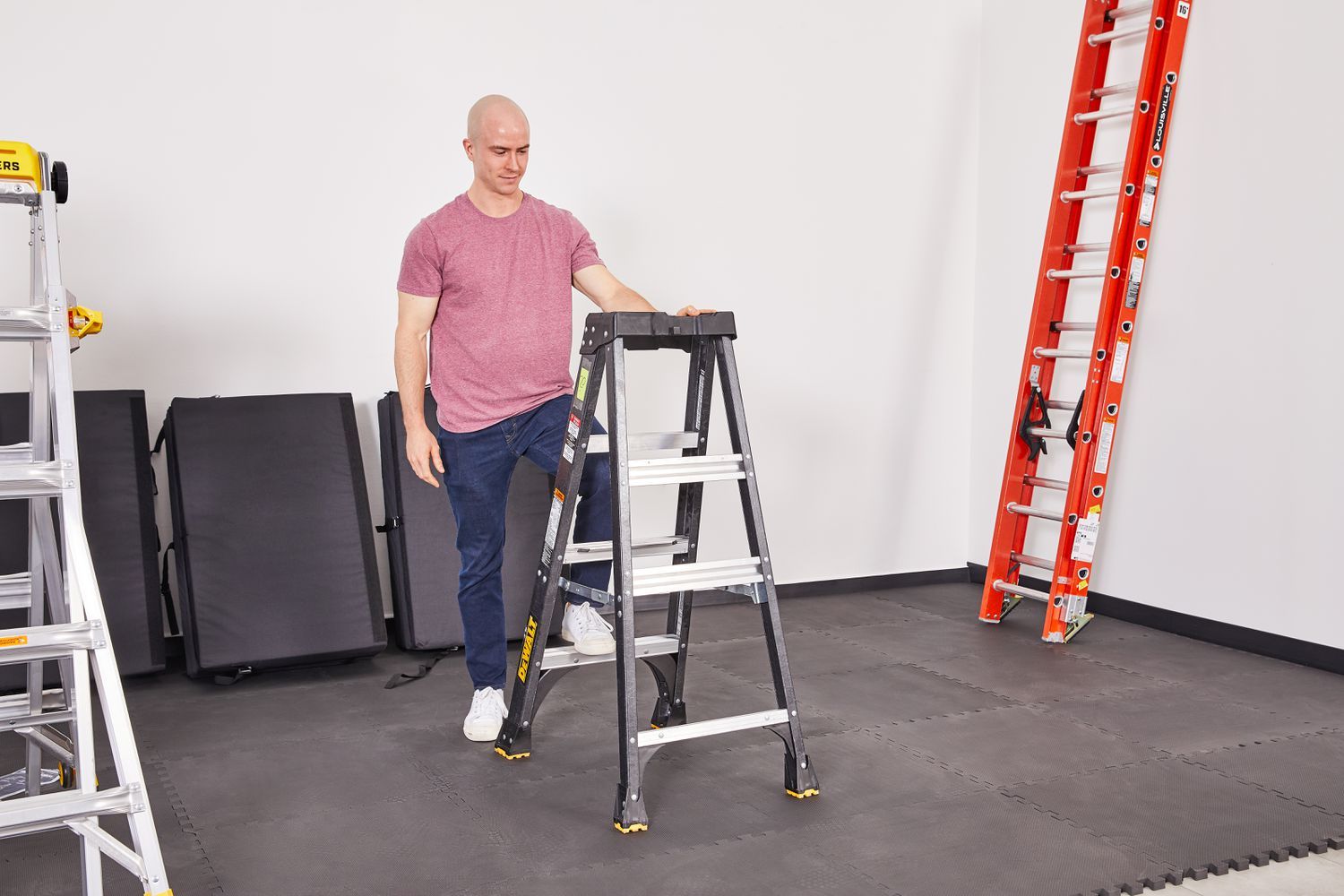
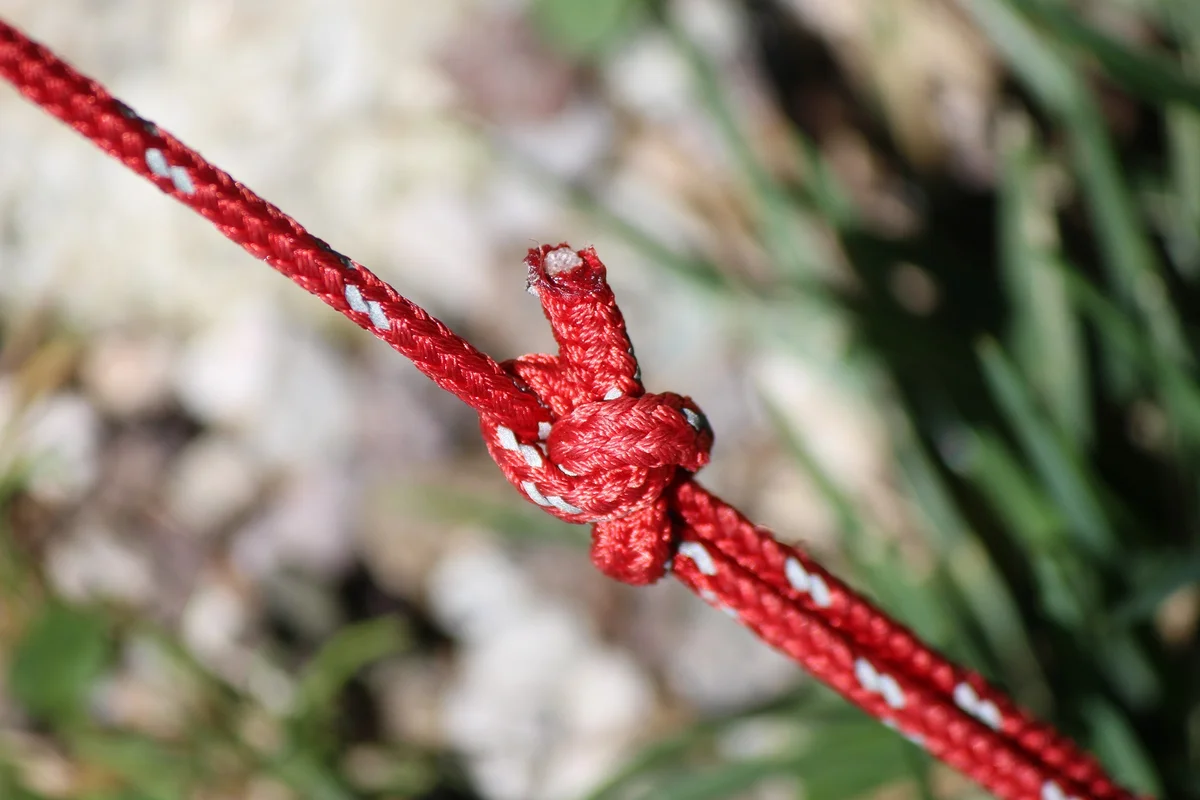
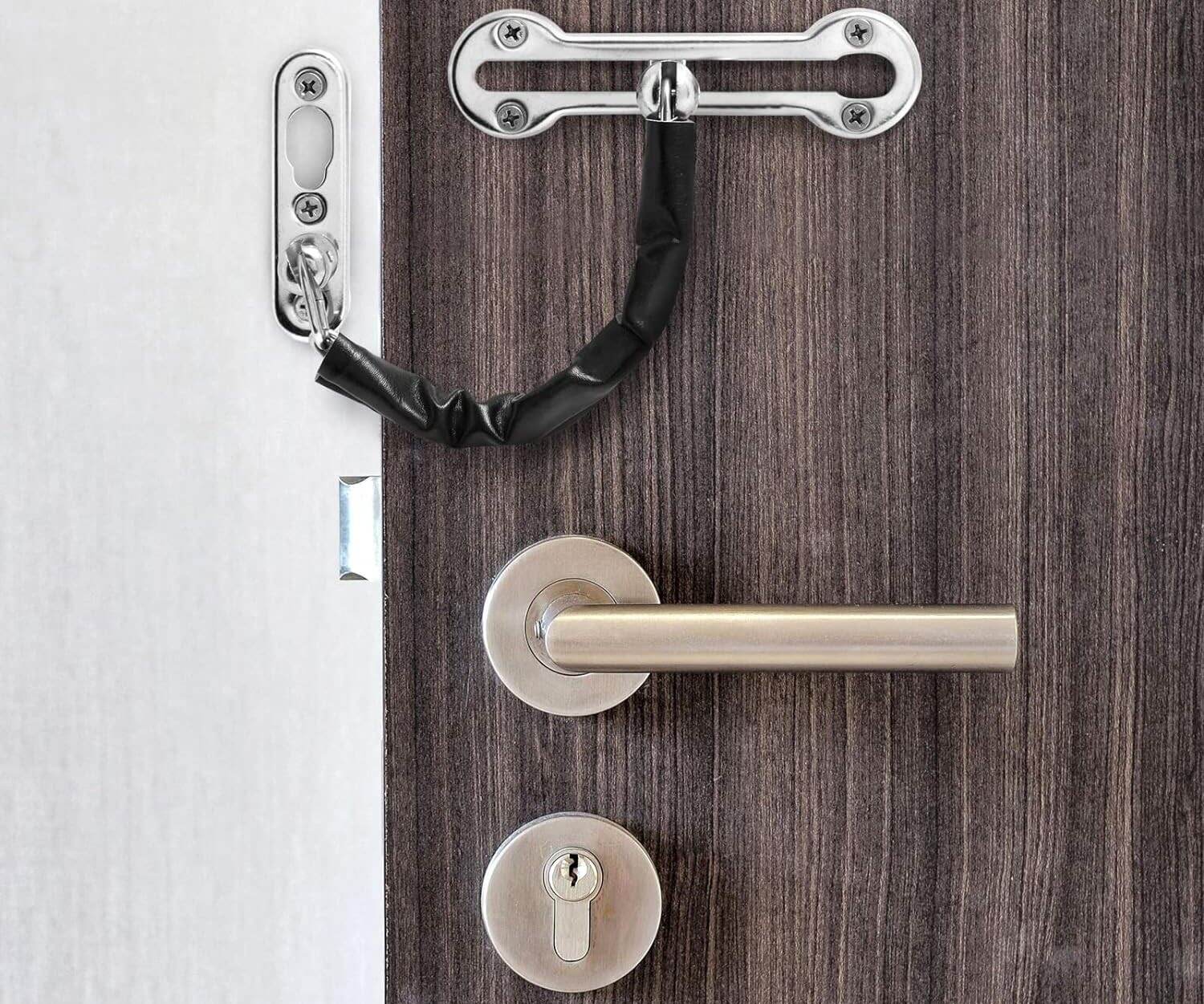
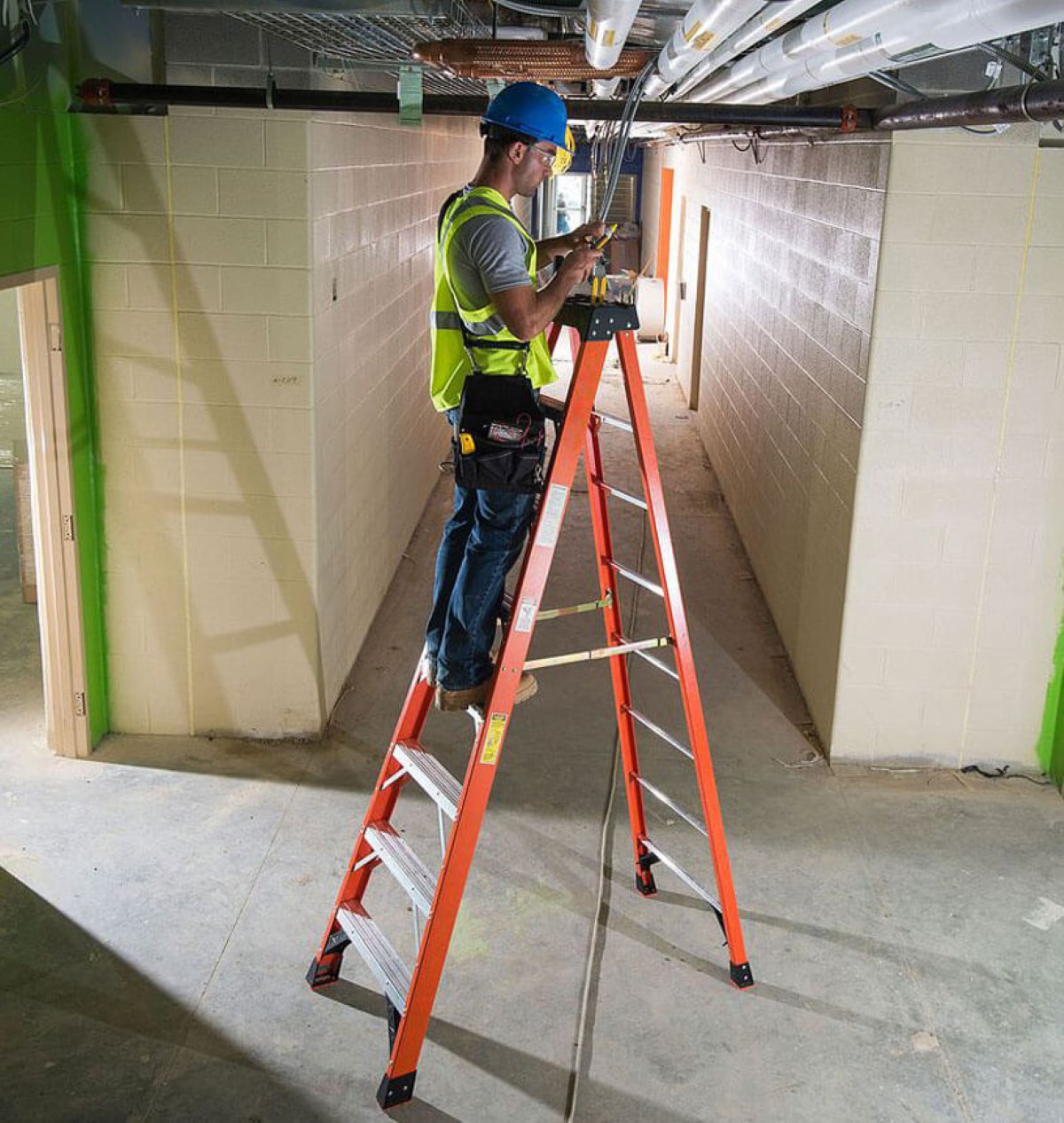

0 thoughts on “Locks Pulleys And Pulley Ropes Must Be Inspected On What Type Of Ladder”